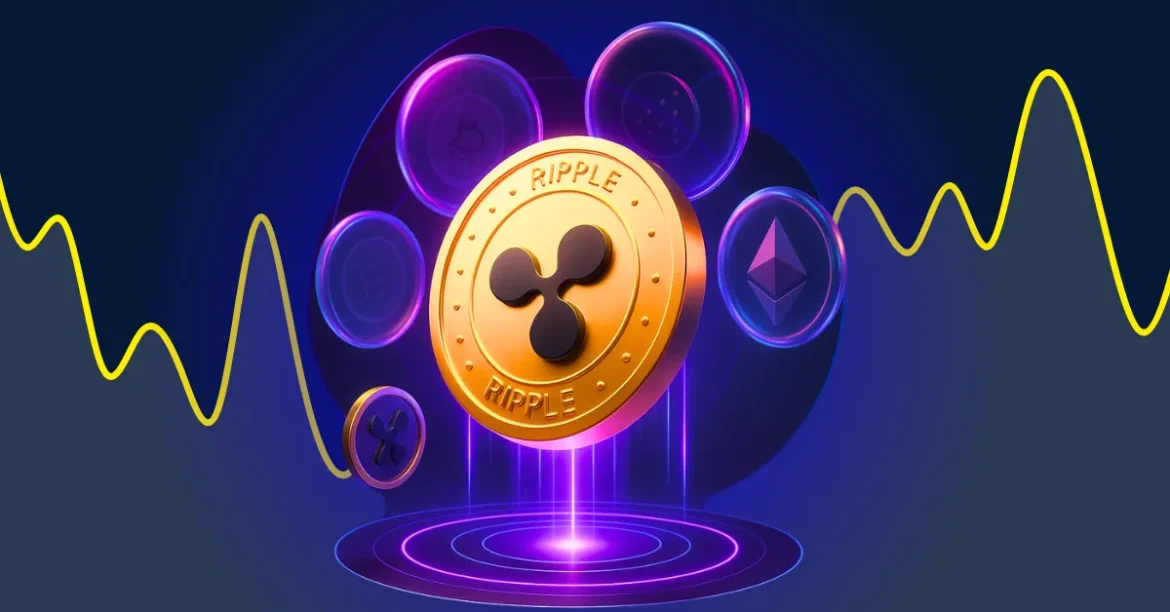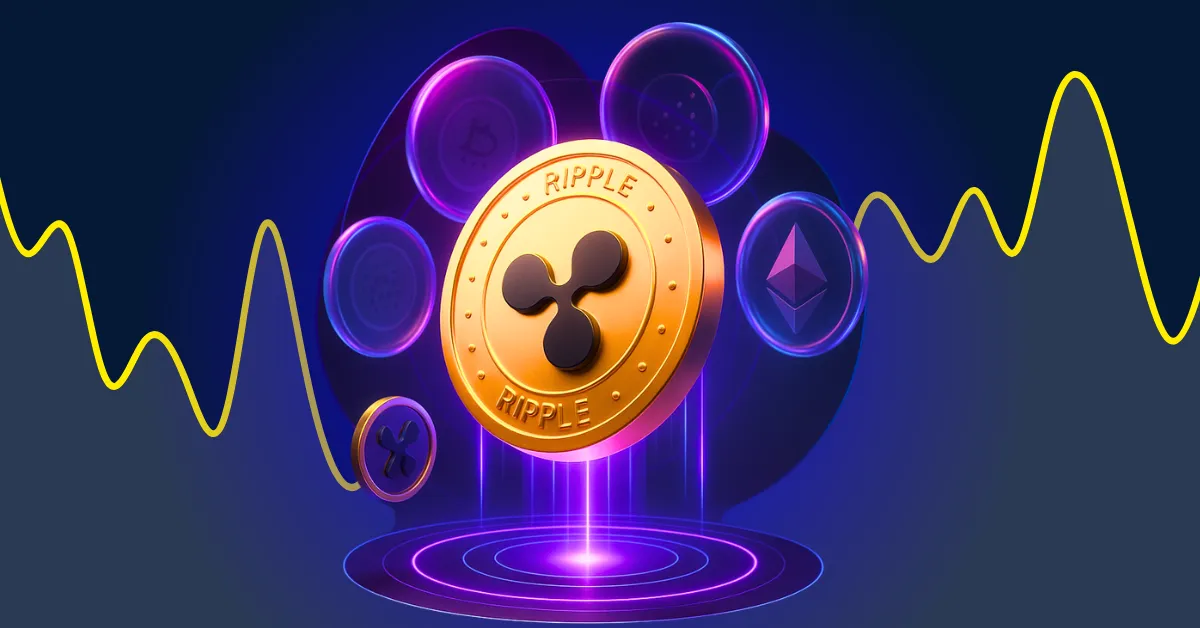The landscape of digital payments and cryptocurrencies is rapidly evolving, with major players like Meta and Ripple positioned at pivotal junctures. The potential acquisition of Ripple’s payments, custody, and stablecoin divisions by Meta signals a noteworthy shift, with substantial implications across technological, regulatory, and market dimensions.
The Context: Meta’s Return to Stablecoins and Ripple’s Expanding Ecosystem
Meta, formerly Facebook, has been no stranger to crypto ambitions—initial plans for stablecoins faced regulatory hurdles, prompting a strategic pause. Recently, however, the company seems poised to re-enter the space, exploring stablecoin integrations for streamlining payouts, cross-border transactions, and enhancing user engagement across platforms like Instagram, WhatsApp, and Threads. According to industry insiders, Meta is actively engaging with blockchain firms and hiring key talent from Ripple, signaling a strategic intent to leverage Ripple’s crypto infrastructure.
Ripple, on the other hand, has positioned itself as a leader in cross-border payments, employing innovative blockchain solutions, stablecoins, and digital asset custody. Notably, Ripple’s recent regulatory clearances, such as approval for RLUSD in New York, underscore its push towards mainstream adoption. The company is also in the process of expanding utility by integrating stablecoins into its payments platform, which could transform remittance and cross-border commerce.
The Strategic Impetus: Why Would Meta Be Interested?
Meta’s interest in acquiring Ripple’s core business units aligns with its broader push to overhaul digital payment capabilities and compete with traditional financial service providers. Acquiring Ripple’s infrastructure would offer Meta several strategic advantages:
– Enhanced Payment Capabilities: Ripple’s blockchain-based infrastructure could provide frictionless, real-time cross-border payments, reducing costs and delays. This is particularly valuable given Meta’s massive user base of over 3 billion, creating a fertile ground for scalable financial innovation.
– Stablecoin Integration and Payouts: The ability to use stablecoins like RLUSD would facilitate faster, cheaper payouts to creators and users worldwide, aligning with Meta’s goal to incentivize engagement and simplify monetization. This would also allow Meta to circumvent certain fiat-based transaction costs and regulatory constraints.
– Regulatory Compliance: Ripple’s established compliance protocols could help Meta navigate complex regulatory landscapes, especially as countries tighten oversight over crypto assets. Ripple’s policy briefs on stablecoin regulation highlight its proactive approach to balancing innovation with compliance, an asset for Meta in a highly scrutinized regulatory environment.
– Infrastructure Synergies: Synergies with Ripple’s custody solutions and enterprise-grade blockchain technology could bolster Meta’s platform security, stability, and scalability, providing a solid backbone for future financial services.
Market and Regulatory Impacts: Riding the Wave of Change
The implications of such an acquisition extend well beyond corporate strategy, influencing entire markets:
– Accelerated Adoption of Stablecoins: A Meta-Ripple alliance could lead to increased adoption of stablecoins in mainstream digital payments. Their combined user base and technological reach could propel stablecoins into everyday transactions, especially across borders.
– Regulatory Catalysis: Given regulatory scrutiny over stablecoins—highlighted by Ripple’s own policy initiatives—an acquisition would likely prompt regulators to revisit frameworks, balancing innovation with systemic stability. Ripple’s advocacy for measured regulation could help stem overly rigid policies that might fragment markets.
– XRP’s Price Dynamics: Ripple’s native token XRP and its stablecoin RLUSD could see heightened demand as Meta deploys its infrastructure. Speculative increases might result, especially if Meta integrates RLUSD into popular social and communication platforms for seamless fiat-to-crypto exchanges.
– Competitive Landscape: Meta’s move would position it as a formidable competitor to established financial institutions and fintech companies, pressuring rivals to innovate or acquire similar infrastructure.
Potential Challenges and Risks
While the prospects are enticing, a few hurdles could temper expectations:
– Regulatory Uncertainty: Despite Ripple’s proactive stance, global regulators remain wary of cryptocurrencies. An acquisition might invite further scrutiny, especially in jurisdictions with strict crypto laws.
– Market Volatility: XRP’s price volatility, driven by liquidity concerns and ongoing legal debates, poses risks. The success of Meta’s plans hinges on regulatory clarity and stable market conditions for Ripple’s assets.
– Integration Complexity: Merging two large entities with distinct corporate cultures, systems, and compliance protocols is a daunting task. Seamless integration would be crucial for realizing benefits.
– Public Perception: Regulatory crackdowns or technical challenges could erode user trust. Maintaining transparency and security will be critical to user adoption.
Future Outlook: Shaping the Digital Payments Frontier
If Meta secures Ripple’s business units, the ripple effect could be transformative. The partnership would symbolically and practically bridge social media and financial services, fostering a payment ecosystem rooted in blockchain efficiency and trust.
Looking ahead, Meta’s exploration of stablecoins for cross-border creator payments and the integration of Ripple’s infrastructure are likely to catalyze innovation in digital payments. The move could also spearhead a new wave of corporate adoption, influencing policy discussions and market norms.
Concluding Thoughts: A New Era in Digital Finance
The potential acquisition of Ripple’s payments and stablecoin divisions by Meta is more than just a corporate maneuver—it’s a narrative of convergence. It signifies the ongoing shift toward a digital-first economy where social platforms evolve into full-fledged financial ecosystems. This integration could accelerate mainstream adoption of stablecoins, redefine cross-border remittances, and reshape regulatory landscapes—all within a landscape of rapid technological evolution. As both entities navigate these uncharted waters, their combined legacy may well become a cornerstone of the future digital economy.





